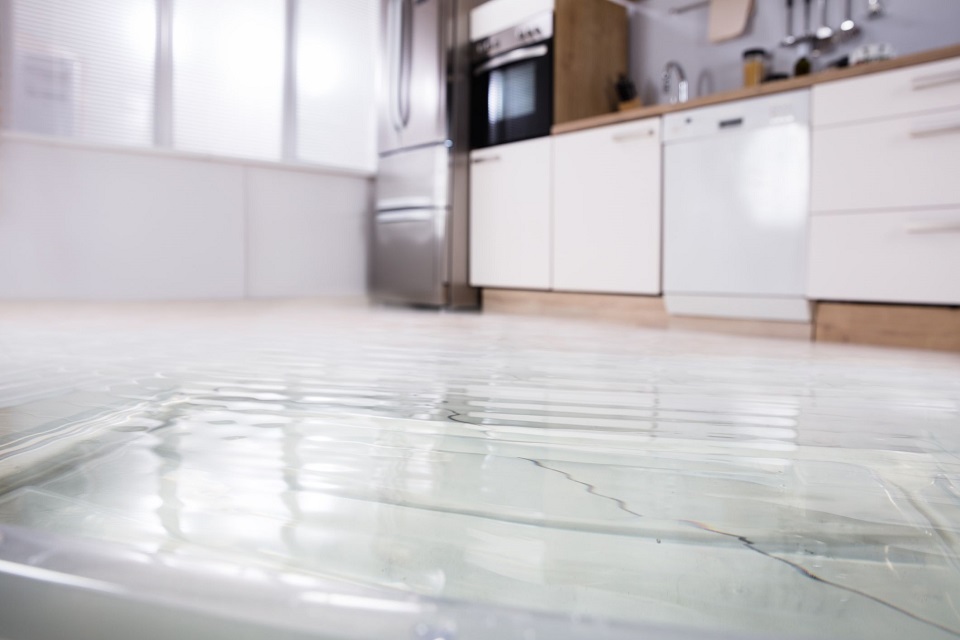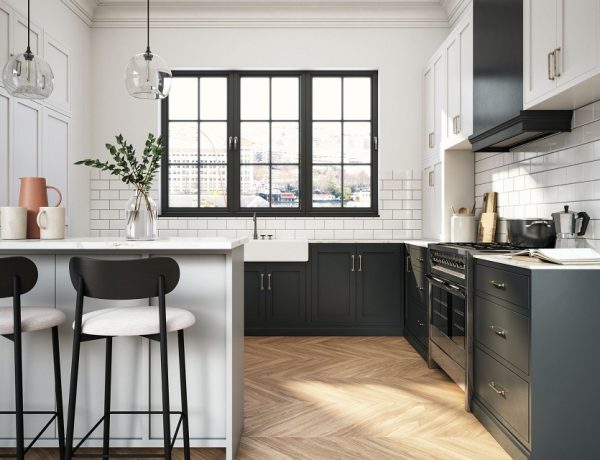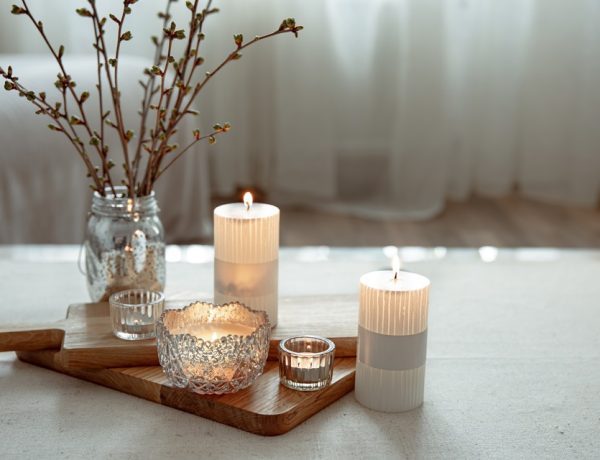Table of Contents
Waterproofing basements is one of the best ways to prevent water damage in your home. A few basic methods include regrading soil, installing a French drain, and damp-proofing basement walls.
The ground adjacent to a house should incline toward the foundation wall; any ground that declines can create pools of water and seep downward. Regrade your yard and pack the soil so it slopes away from your home.
Clean Gutters & Downspouts
Waterproofing methods that involve cleaning gutters and downspouts can prevent moisture problems inside your basement. Clogged gutters cause water to back up, leading to hydrostatic pressure that can force moisture through the basement wall. It also causes soffits, fascia and siding to rot. It can even damage your foundation. Clean your gutters and downspouts regularly, and ensure they function properly.
Another way to stop moisture in your basement is to fix the soil outside your foundation walls. Soil that doesn’t drain away from your home can saturate and raise the pressure on concrete basement walls, which can cause them to shift or crack during freeze-thaw cycles. It can also attract insects and rodents.
A simple solution is to dig a French drain, which uses a trench lined with perforated pipe covered with dirt-inhibiting fabric and gravel. This system diverts water from the yard to the drain and away from the basement.
Interior waterproofing methods such as sealants and epoxy injections can help reduce moisture levels in your basement. This is a band-aid solution, but it can help you keep your basement dry until a drainage system can be installed. For these tasks, it’s crucial to work with a basement waterproofing company in New Jersey and adhere to all application recommendations from the manufacturer.
Seal Windows & Doors
Basement windows let in natural light, but they can also allow moisture into your home. This moisture may cause mold to grow and, if it seeps into the house, can lead to water damage. Water leaks can balloon into serious problems if not fixed right away.
Interior waterproofing methods ensure that any cracks in the walls, floors, and around windows and doors are sealed and watertight. Moisture most often makes its way into the basement through these small cracks, and ensuring that they are all sealed will prevent future water and moisture issues.
Depending on the problem, basement wall waterproofing may involve sealing the walls with an elastomeric product. These products can be applied by brush, roller, or spray and are usually guaranteed to protect the walls against hydrostatic pressure and water seepage. These masonry waterproofing products can be quite effective but are considered band-aid fixes, especially if a drainage system isn’t in place.
Window wells are another common entry point for moisture in a basement, and they can be prevented by installing a window well drain. This drain pipe connects to the window well and diverts water to a drainage system or the basement floor. The drain pipe can also be connected to a sump pump if desired to further help with preventing water damage.
Install A Vapor Barrier
When moisture (water vapor) gets trapped in basement walls, it can leak into insulation and cause mold and mildew. Installing a vapor barrier on ceilings and walls can help prevent this by creating a tight seal, protecting against moisture and improving energy efficiency at the same time.
Vapor barriers come in plastic sheets that can be hung on a ceiling or wall. They are typically positioned so that they are pressed against basement walls. Then, studs and insulation are placed over the vapor barrier. Finally, drywall is installed on top. Once the drywall is dry, the barrier is sprayed with a waterproof sealant.
In some cases, installing a vapor barrier in the basement may not be enough to prevent water damage from groundwater and other sources of moisture. In these situations, installing a French drain may be best. This type of drainage system consists of underground pipes diverting water away from the home’s foundation.
If your basement has experienced severe or moderate flooding, the priority is to pump out any remaining water and dry items as quickly as possible. This can be done using a wet vacuum, sump pump, or gas-powered water pump. In addition, removing and drying any carpeting and drywall should also be completed as soon as possible to reduce the risk of mold growth.
Install Drywall
While these interior methods won’t prevent moisture from entering a basement from outside, they can help protect possessions and prevent structural problems from water penetration. The first step in these interior waterproofing methods is to patch cracks in the basement walls and around windows and doors. Hydraulic cement, which sets and hardens quickly, will seal these cracks and prevent new moisture from penetrating the wall.
Next, a damp basement should be cleaned thoroughly to ensure all areas are free of mold spots, efflorescence, salt deposits and mildew. It’s a good idea to scrub the concrete walls and floors to the point of reaching bare concrete. This is especially important in the case of a wet basement. Once the area is cleaned, waterproof paint can be applied, though it may require multiple coats to provide maximum protection.
An exterior drainage system is a more intense method of waterproofing a basement that is a good choice for homeowners with severe moisture problems. This method involves installing tubing and a sump pump to remove the basement water. This type of waterproofing system is typically more expensive than other exterior waterproofing methods. Still, it’s also one of the most effective in preventing water infiltration. Other external methods include damp-proofing, in which an asphalt-based material is brushed, rolled or sometimes sprayed on the foundation and outer basement walls to prevent seepage.





No Comments